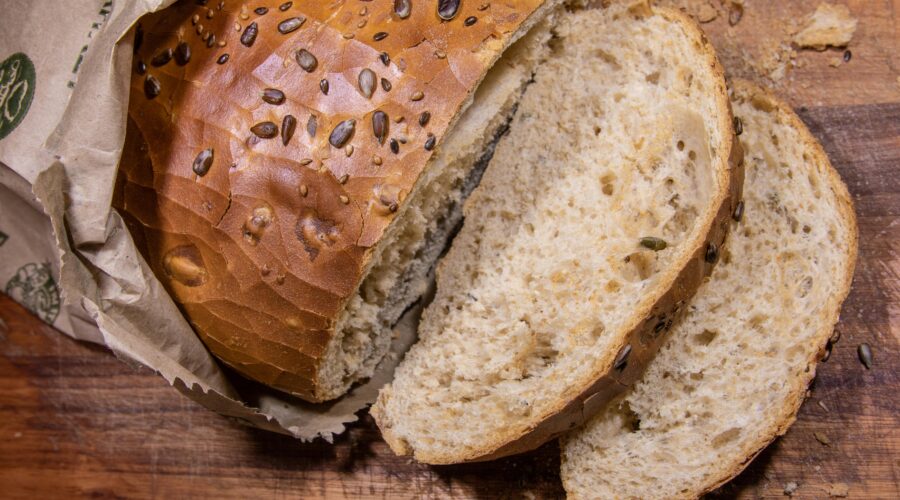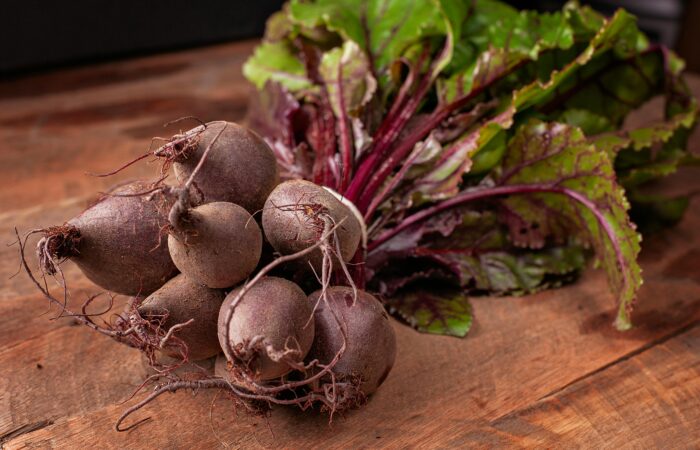When it comes to choosing bread, whole wheat is often touted as the healthier option. But did you know that not all whole wheat breads are created equal? In fact, some products labeled as “whole wheat” might not offer the nutritional benefits you expect—and could even be less healthy than white bread.
The Nutritional Promise of Whole Wheat Bread
Authentic whole wheat bread is made from the entire grain, retaining its natural fiber, vitamins, and minerals. This full grain composition is what helps:
- Improve Digestion: The fiber in whole grains promotes a healthy digestive system.
- Control Blood Sugar: Whole wheat bread can help stabilize blood sugar levels.
- Keep You Full Longer: The fiber content contributes to prolonged satiety, which is great for managing hunger.
The Common Pitfall: Misleading Labels
Unfortunately, many breads on the market that boast a whole wheat label are not truly made from whole grains. Some manufacturers use refined flour and simply add bran or even coloring to mimic the appearance of whole wheat. These products often lack the essential benefits of a genuine whole grain. Moreover, many commercial breads contain high levels of added sugars, refined oils, and preservatives. These additives can negatively impact metabolic health and raise the risk of chronic diseases, essentially negating the supposed benefits of whole wheat.
How to Choose Real Whole Wheat Bread
To truly enjoy the health benefits of whole grains, it’s crucial to know how to select the right product. Here are some tips to ensure you’re picking a bread that delivers on its promise:
- Scrutinize the Ingredient List:
The first ingredient should be “100% whole wheat flour” or “whole grain flour.” Avoid products that list “enriched wheat flour” or “refined flour” as the primary ingredient. - Avoid Added Sugars:
Check for unwanted extras like corn syrup, sugar, or honey. Opt for breads that have no or minimal added sugars. - Check the Fiber Content:
A truly healthy whole wheat bread should provide at least 3 grams of fiber per serving. Fiber is key to reaping the full health benefits of whole grains. - Don’t Be Fooled by the Color:
A darker hue does not automatically mean the bread is whole wheat. Some products use coloring to enhance their appearance, so rely on the ingredient list rather than the look of the bread.
The Takeaway
Choosing whole wheat bread can be a smart dietary decision—provided that you know what to look for. By carefully reading labels and being aware of misleading marketing tactics, you can ensure that you’re getting the real benefits of whole grains. Remember, the true value of whole wheat lies in its unrefined, fiber-rich composition. Make informed choices and your body will thank you!
Healthy eating is all about making choices that genuinely support your wellness goals. Next time you head to the bakery or supermarket, keep these tips in mind to avoid the pitfalls of mislabeled products and savor the full benefits of real whole wheat bread.




